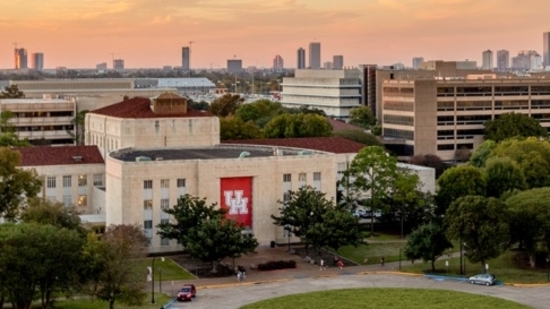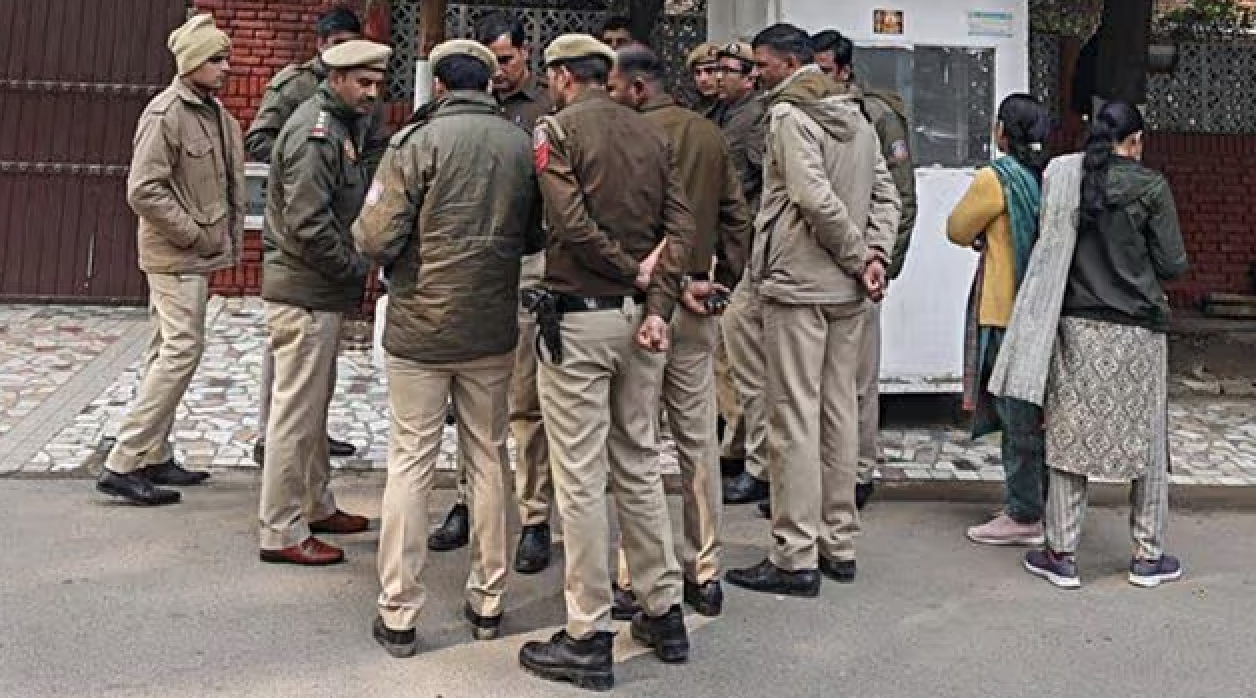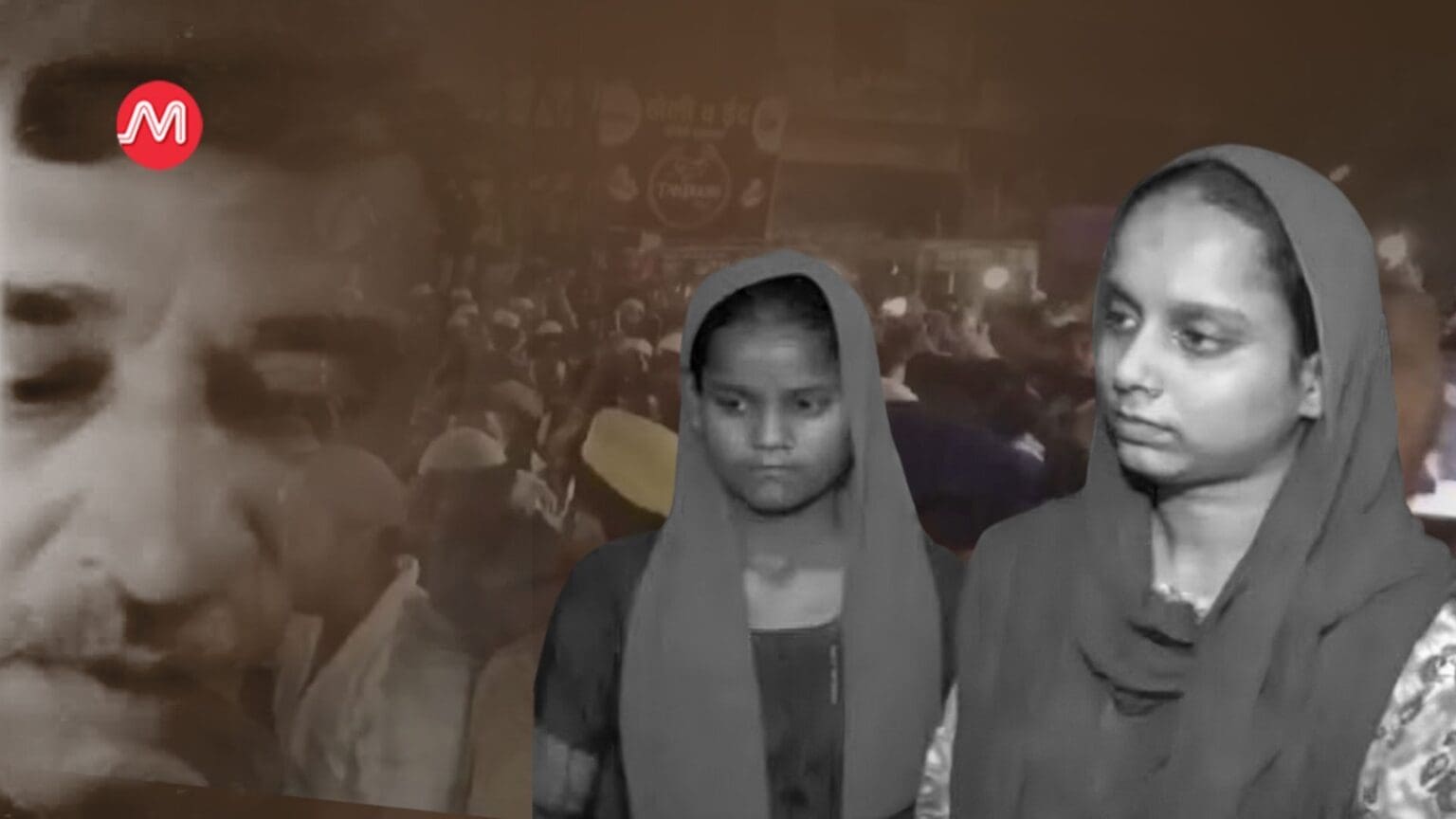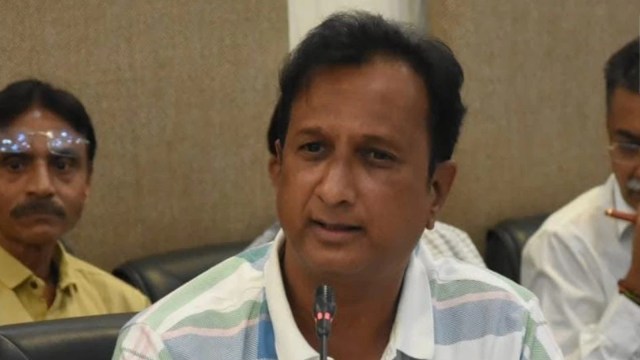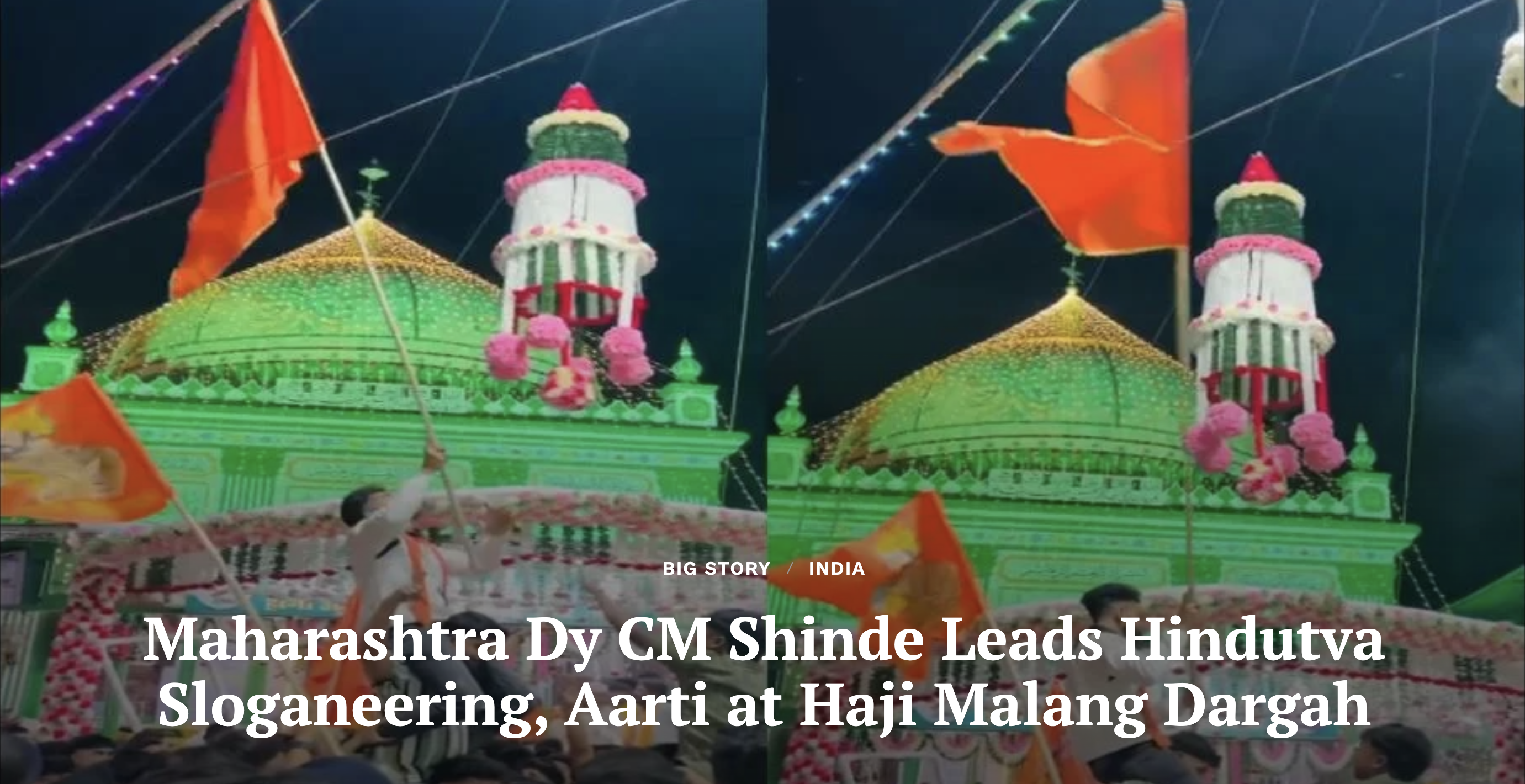
Team Clarion
MUMBAI — In a move that has intensified religious tensions, Maharashtra Deputy Chief Minister Eknath Shinde and other top officials, entered the revered Haji Malang Dargah during Urs celebrations and led a Hindu religious ritual.
Shinde not only performed an aarti but also placed a saffron chadar inscribed with ‘OM’ and names of Hindu deities on the tomb—an act seen by critics as a deliberate provocation. The incident, captured on video and widely shared on social media, has drawn fierce backlash from the Muslim community and raised concerns about the state’s role in advancing a Hindutva agenda.
The presence of Maharashtra’s powerful political figures has led to the speculations that the government is actively supporting efforts to redefine the shrine’s identity. Footage from the event shows members of Hindutva groups waving saffron flags and chanting ‘Jai Shri Ram’ inside the dargah premises. Many attendees were dressed in saffron attire, raising alarm over the perceived attempt to communalise the religious site.
The Haji Malang Dargah, located atop Malang Gad hill in Thane district, has long been a symbol of religious harmony, attracting both Hindu and Muslim devotees. The dargah is believed to be the final resting place of Hazrat Haji Abdul Rahman, a revered Sufi saint who arrived in India in the 12th century. However, Hindu groups claim that the site was originally a Hindu temple dedicated to Machindranath, a deity of the Nathpanthi sect.
The dispute over the shrine dates back to 1817, with recurring claims from Hindutva groups that the dargah was forcefully converted from a Hindu religious site. Eknath Shinde himself reignited the controversy in January 2024, declaring his intent to ‘liberate’ the shrine for Hindus. “The beliefs about the liberation of Malanggad remain strong within your hearts. Eknath Shinde will not rest until he fulfils your wishes,” he said at a recent gathering of Hindu activists.
However, historical records, including the Gazetteers of Bombay Presidency (1882), clearly state that the shrine was established in honour of Haji Abdul Rahman, who settled on the hilltop with his followers in the 12th century. The Maharashtra government’s official website also recognises the site as Haji Malang Dargah.
This story was originally published in clarionindia.net. Read the full story here.


